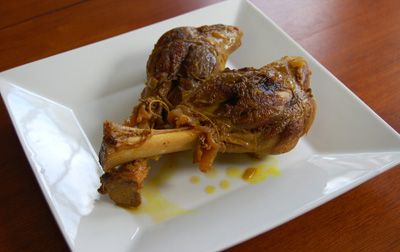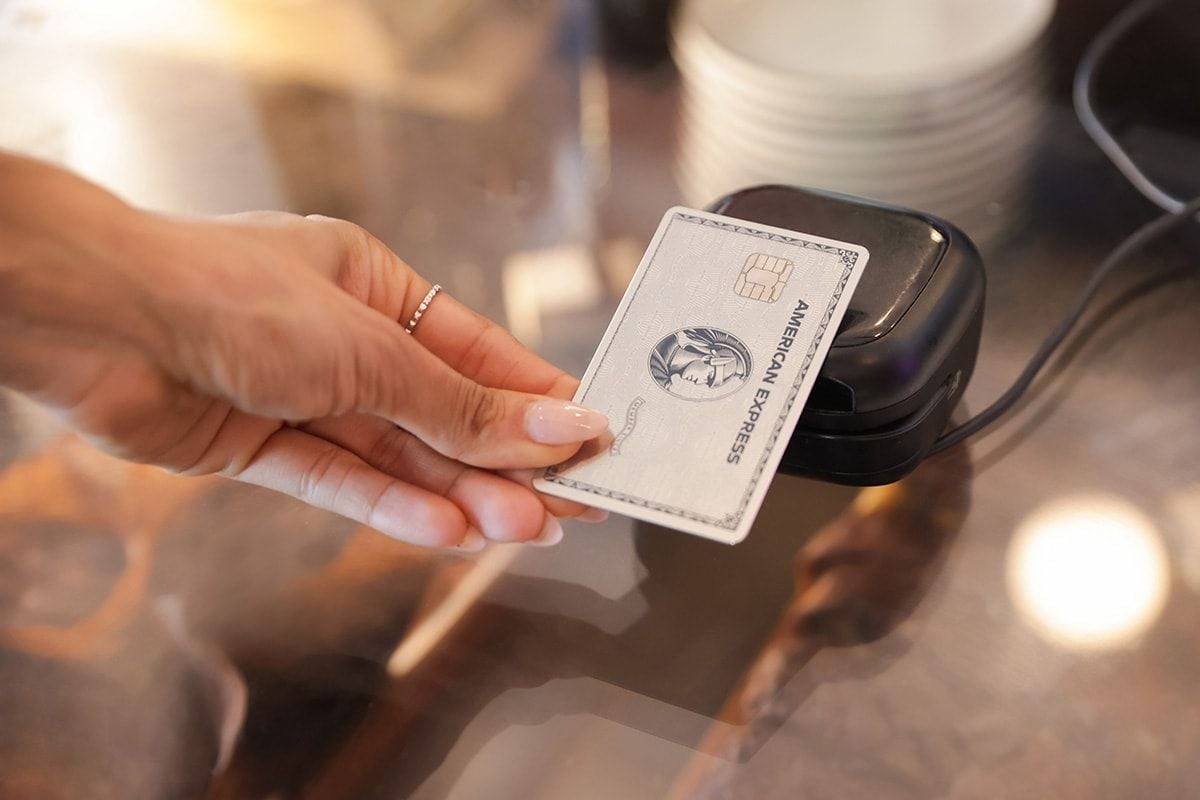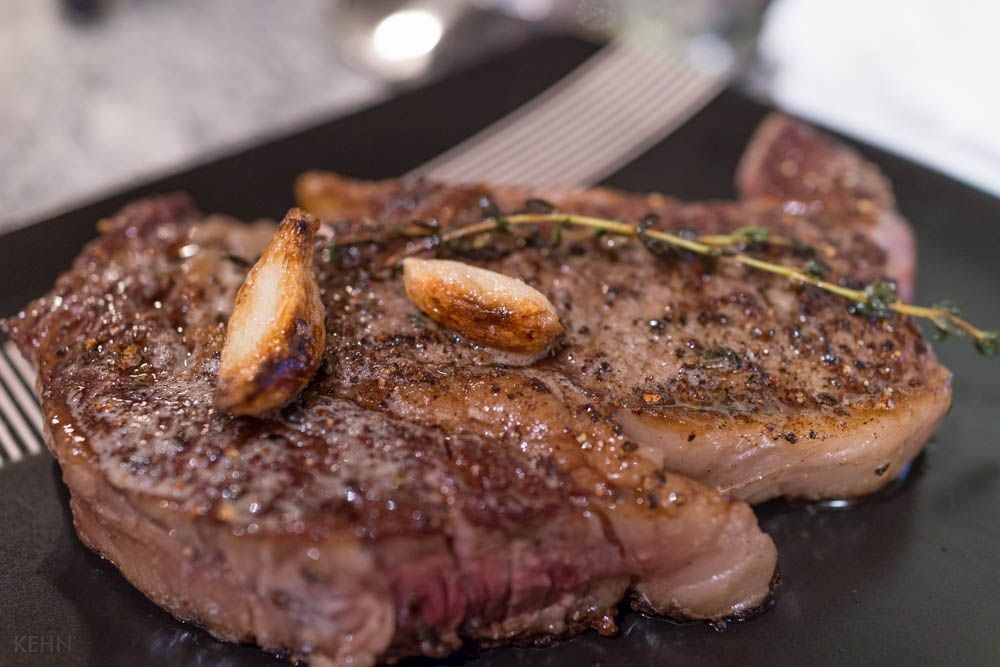
Popular Food Hacks Debunked: Don't Believe Everything You See Online
- Sep 3, 2024
As someone who has dedicated a chunk of her career to social media and food trends, I have scrolled through countless food videos on platforms such as TikTok and Instagram. Although these posts have led me to some truly fantastic discoveries such as food gurus Hailee Catalano of beach sandwich fame and fruit peeling maven Zoya Biglary, the founder of Fysh Foods, I've also encountered numerous culinary techniques that I wouldn't exactly recommend.
Now, don't get me wrong. Who doesn't love the combination of pesto and eggs? But dousing a pan with pesto and then tossing your eggs right in the middle may not be the best move. Pesto's unique composition of delicate herbs will lose not only their vibrant green color but also their distinct flavor when cooked - which is why pesto is traditionally a no-cook sauce. So when you're planning eggs for breakfast, consider plopping some pesto on top once they're cooked.
And yes, like many of you, I'm in favor of one-pot pastas and anything that shrinks the pile of dishes needing to be washed after dinner. But an increasingly popular method of loading raw spaghetti and liquid into a casserole dish and then baking it in the oven just doesn't win my culinary seal of approval. Unevenly cooked pasta tends to be the result, and at the point where the pasta is uniformly cooked, you’re likely to find that it's turned to mush.
Next, let's debunk the misnomer that blending up cottage cheese and then sticking it in the freezer equates to a homemade ice cream delight. Your usual tub of ice cream stays nicely scoopable with a creamy texture for a number of reasons – chiefly the churning process during freezing. However, if you simply blend and freeze cottage cheese, you'll end up with a more icy, slightly gritty pint of faux ice cream.
Now, about that peculiar raw egg-freezing trick making rounds on TikTok: please proceed with caution. The method involves freezing a raw egg, shelling it, slicing it like a boiled egg, and then cooking these unusual 'fried eggs' from frozen. Unfortunately, this quirky trick invites a host of potential health and safety disasters: risk of salmonella or other bacterial contamination from freezing eggs in their shells, the possibility of not fully cooking egg slices, and a high likelihood of knife slips during slicing. Although social media users often voice their concern over these issues, particularly when serving to children, but the trick still surfaces now and then.
Last but not least, the much-glorified baked feta pasta that has enthralled the internet since 2019 is not my pick for a truly satisfying, creamy pasta sauce. There are two major issues: the brine-soaked feta cheese used in this recipe makes your pasta sauce excessively salty and tangy, and the grainy texture feta gives your pasta sauce when melted. Though a high-quality feta with more fat content could somewhat lessen this graininess, a traditional cheese sauce still stands as the better option.






